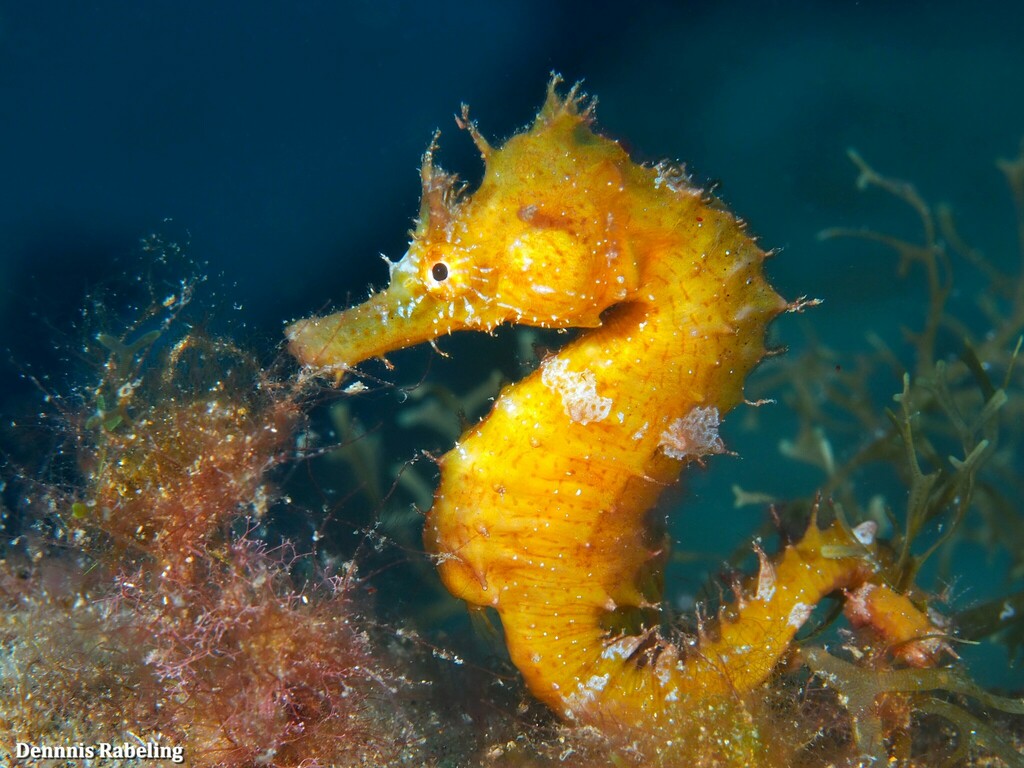iSeahorse celebrates 10,000 observations: a milestone for community science and seahorse conservation

We are so happy to report that iSeahorse, our global platform for seahorse science and conservation, has reached, and surpassed, a significant milestone with 10,000 observations submitted by community scientists.
The 10,000th observation was made by Dennis Rabeling, a long-time and enthusiastic contributor to iSeahorse, of the short-snouted seahorse (Hippocampus hippocampus). The milestone highlights the hard work and dedication of people worldwide who have reported sightings of seahorses in the wild and reflects the potential of community science to advance conservation.
“We’re thrilled to have reached this notable tally and grateful for the dedication and hard work of our community scientists,” said Dr. Sarah Foster, program leader of UBC’s Project Seahorse, which launched the platform in 2013. “A total of 10,0000 contributions – and growing – indicates how much people care about seahorses and want to engage with them. As a Canadian, I’m delighted that iSeahorse has garnered rare sightings of the lined seahorse in Nova Scotia.”
iSeahorse, which is powered by the online platform iNaturalist, has built a strong community and alliance of scientists, conservationists, experts and enthusiasts. Seahorses are a critical part of marine ecosystems but are threatened by poorly managed fishing and habitat loss. Observations collected through iSeahorse are being used by Project Seahorse and its partners to improve knowledge of seahorses, their habitats, and their conservation status.
“We congratulate Dennis Rabeling and thank all our contributors for their tremendous contributions to iSeahorse,” said Dr. Amanda Vincent, director of Project Seahorse and Chair of the International Union for Conservation of Nature Seahorse, Pipefish and Seadragon specialist group.
“We love engaging with community scientists and expanding the network of seahorse experts and enthusiasts. Collectively, we can and do power research and conservation to protect these quirky fishes and their ocean homes.”
To date iSeahorse has collected observations from more than 1,800 individual contributors, with 96 per cent of sightings from diving. Observations come from 97 countries, with one-third covering sightings in Australia. Validated sightings from the platform have extended the geographic ranges of eleven seahorse species, with implications for management and policy action. Additionally, the iSeahorse data have already led to the creation of one new marine protected area (MPA) in the village of Anda, Bohol, Philippines and the expansion of another MPA in the Philippines.
The platform has enabled scientists from Project Seahorse and around the world to better understand species ranges, depth distribution, habitat use, and breeding season. Project Seahorse has used these data to mobilize governments, policymakers, and ocean advocates to care about seahorses and act on their behalf.
The iSeahorse community has grown significantly over the years. In addition to logging sightings, iSeahorse has helped generate 20 long-term seahorse population monitoring projects on six continents. A total of 15 seahorse experts and enthusiasts from 13 countries also participate as iSeahorse national seahorse experts, helping ensure scientific accuracy, along with 22 iSeahorse ambassadors from 14 countries who spread news about the program and its merits.
The project was supported by Guylian Belgian Chocolates, iNaturalist, John G. Shedd Aquarium, Sea of Change Foundation, Synchronicity Earth, Taiwan Forestry Bureau, and Whitley Fund for Nature.







Comments
Add a Comment